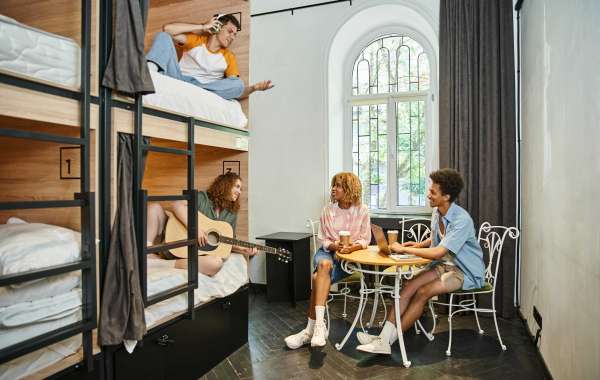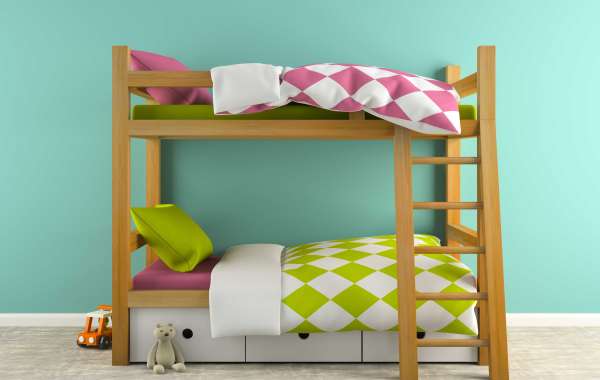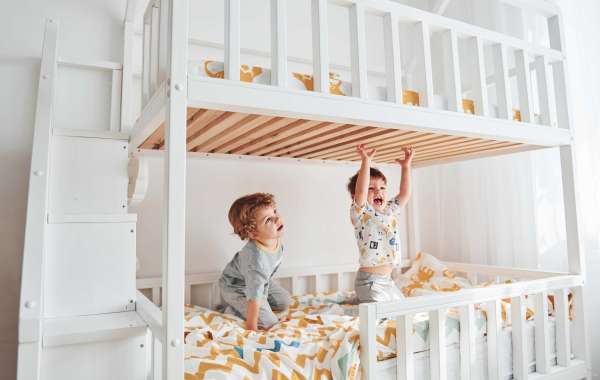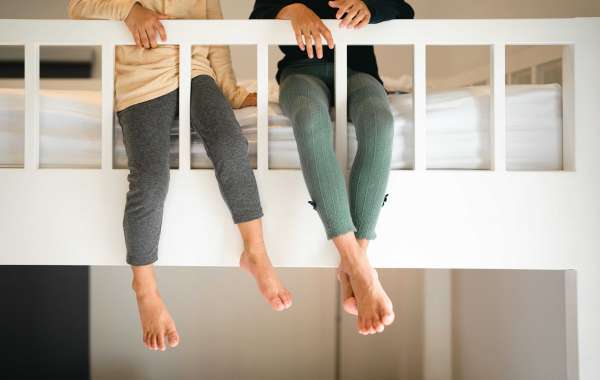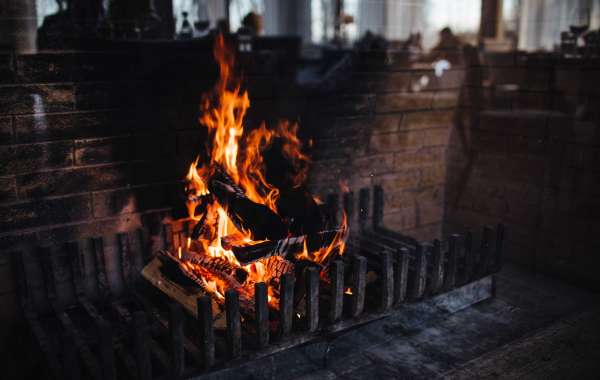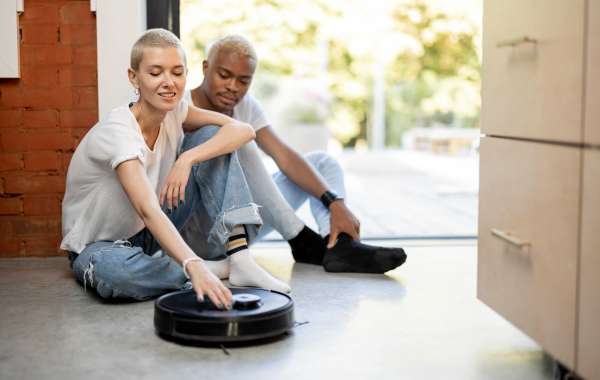The Ultimate Guide to Bunk Beds for Children: Safety, Styles, and Benefits
When it comes to styling a child's space, parents frequently deal with the double difficulty of making the most of space while guaranteeing comfort and performance. Bunk beds have actually become a popular service that deals with these requirements, providing not just sleeping arrangements but also adding to a space's visual. In this comprehensive guide, we will dive into various aspects of kids's bunk beds, focusing on their benefits, safety functions, designs, and considerations for moms and dads pondering this purchase.
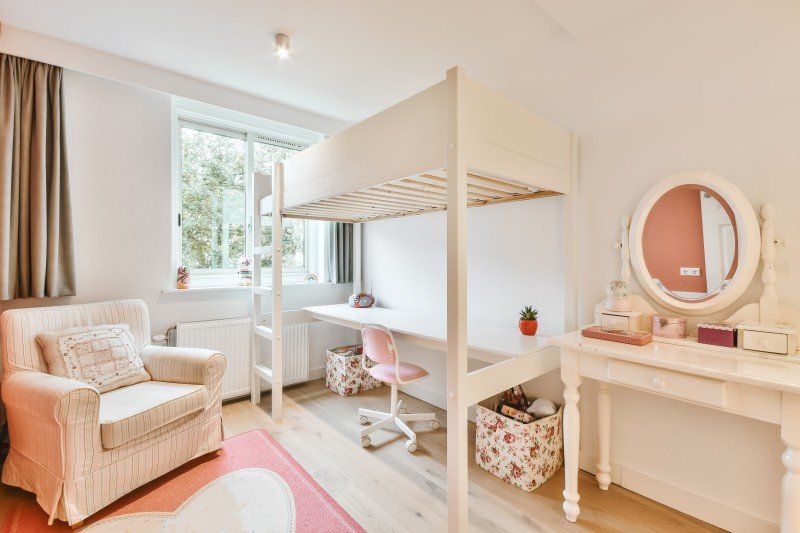
Tabulation
- Advantages of Bunk Beds
- Safety Features to Consider
- Kinds Of Bunk Beds
- Style and Style Options
- Maintenance Tips
- Frequently Asked Questions (FAQs)
1. Advantages of Bunk Beds
Bunk beds offer many advantages for children and their parents. Here are some key advantages:
Space-Efficiency: Bunk beds are an exceptional option for smaller sized rooms. By stacking one bed on top of another, more flooring space is available for play, storage, or research study areas.
Cost-efficient: When kids share spaces, bunk beds can lower the need for purchasing two separate beds, therefore saving money.
Promotes Social Interaction: Bunk beds can assist brother or sisters or good friends bond by sharing a space, creating chances for social development.
Enjoyable Factor: The idea of sleeping "up high" includes a playful element to bedtime, making the shift to sleeping alone simpler for some kids.
Versatile Design: Bunk beds come in different designs, colors, and creates to match any room theme, permitting customization that reflects the child's personality.
2. Security Features to Consider
Safety is paramount when it concerns kids's furnishings, particularly when it comes to bunk beds. Here are some important security functions to assess:
| Safety Feature | Description |
|---|---|
| Tough Construction | Frames made from strong wood or metal are preferred. |
| Guardrails | Need to be at least 5 inches high and extend along both sides of the upper bunk. |
| Ladder Design | Guarantee ladders are safely connected and have non-slip steps. |
| Mattress Size & Fit | Must fit comfortably within the frame to prevent spaces. |
| Weight Limit | Always comply with the maker's weight limitation recommendations. |
3. Types of Bunk Beds
Bunk beds can be found in a number of designs, accommodating different needs, preferences, and space sizes. Here are some common types:
Standard Bunk Bed: The the majority of basic type, with one bed on top of another.
Loft Bed: Features a high upper bed with space beneath for a desk or play location.
Futon Bunk Bed: Combines a leading bunk with a futon on the bottom, providing flexibility for seating and sleeping.
L-Shaped Bunk Bed: This style has the top bunk set at a perpendicular angle to the bottom, developing a small corner area.
Triple Bunk Bed: Accommodates 3 kids utilizing stacked beds, perfect for large families or pajama parties.
4. Style and Style Options
When it pertains to choosing a style for kids's bunk beds, the choices are essentially unlimited. Here are some popular designs:
Traditional Style: Often made of wood, these bunk beds feature ornate information and are perfect for traditional or rustic-themed rooms.
Modern Style: Characterized by tidy lines and minimalist designs, modern-day bunk beds can be made from metal or wood.
Themed Bunk Beds: Some brands use bunk beds shaped like castles, automobiles, or playhouses, making bedtime less of a chore.
Convertible Bunk Beds: These can be separated into two specific beds, providing flexibility as kids grow.
Colorful Options: Bunk beds in dynamic colors can include a sense of pleasure and playfulness to any space.
5. Upkeep Tips
Keeping a bunk bed is important for longevity and security. Here are some tips:
Regular Inspections: Check for loose screws or bolts every couple of months and tighten them as required.
Cleaning up: Wipe down frames frequently to avoid dust build-up; think about utilizing a vacuum for hard-to-reach locations.
Mattress Care: Rotate bed mattress routinely and utilize protective covers to extend their life.
Expect Wear and Tear: Look for any signs of damage in the wood or metal and consider changing parts if essential.
Teach Kids Safety Rules: Encourage children to utilize ladders appropriately and guarantee they understand the security functions of their bed.
6. Frequently Asked Questions (FAQs)
Q1: What age is appropriate for oversleeping a leading bunk?
A1: Typically, kids aged 6 and older are advised for upper bunk sleeping, as they have the essential motor skills to climb safely.
Q2: Do bunk beds come with a bed mattress?
A2: Most bunk beds are offered as frames only, so you will need to purchase bed mattress separately. Make sure that the mattress fits the frame comfortably.
Q3: Can bunk beds be separated later?
A3: Many styles permit conversion into 2 private beds, providing flexibility for future requirements.
Q4: How can I ensure my child's security on a bunk bed?
A4: Comply with safety requirements and make sure guardrails, a strong frame, and a protected ladder remain in location.
Q5: Are there weight limitations on bunk beds?
A5: Yes, constantly examine the manufacturer's specifications concerning weight limits to ensure security.
Bunk beds for children can serve numerous functions while making sure safety and style. With varied designs and designs available on the marketplace, parents can find an unit that not just takes full advantage of bedroom space however also reflects their child's unique tastes. As with any furniture, understanding security functions, upkeep, and how they suit a kid's way of life will make sure that these beds stay a practical furnishings solution for several years to come.
Through mindful factor to consider and adherence to security standards, bunk beds can provide a long-lasting, enjoyable, and functional sleeping service that children love.
